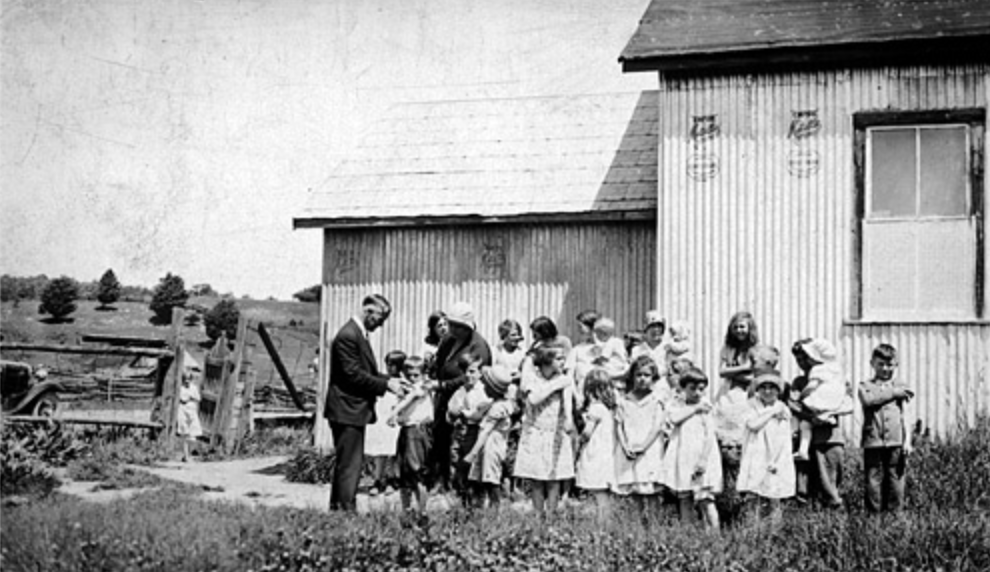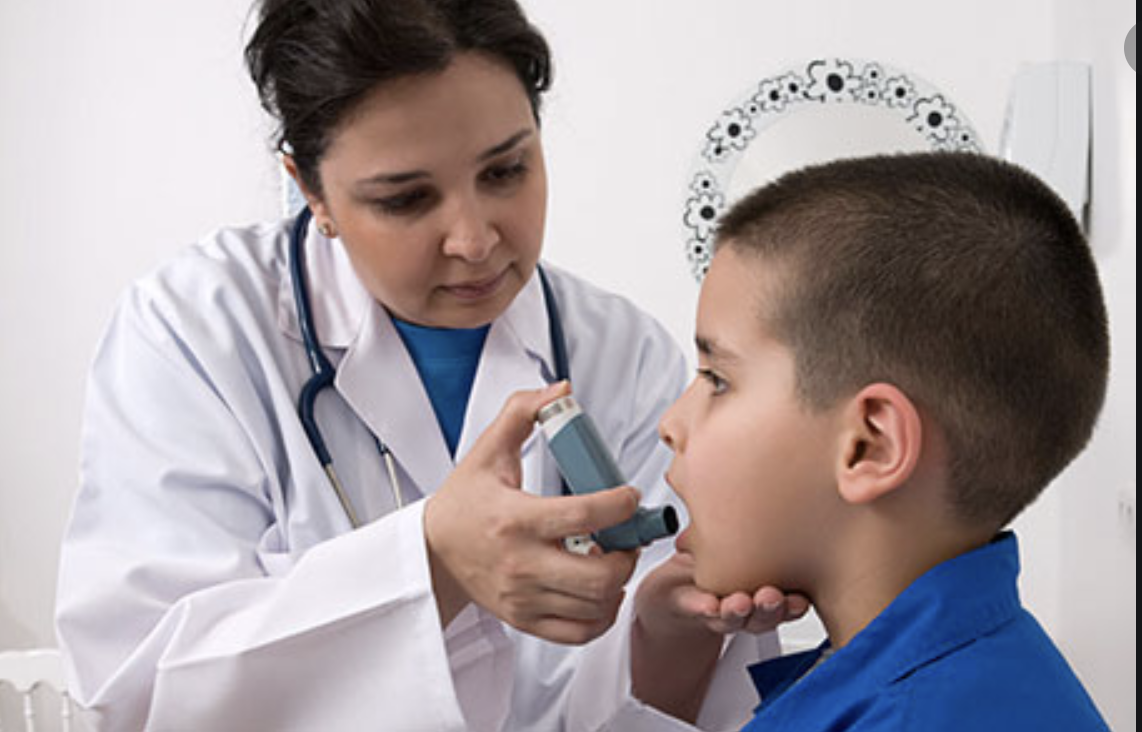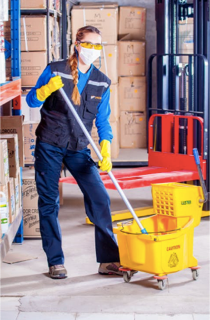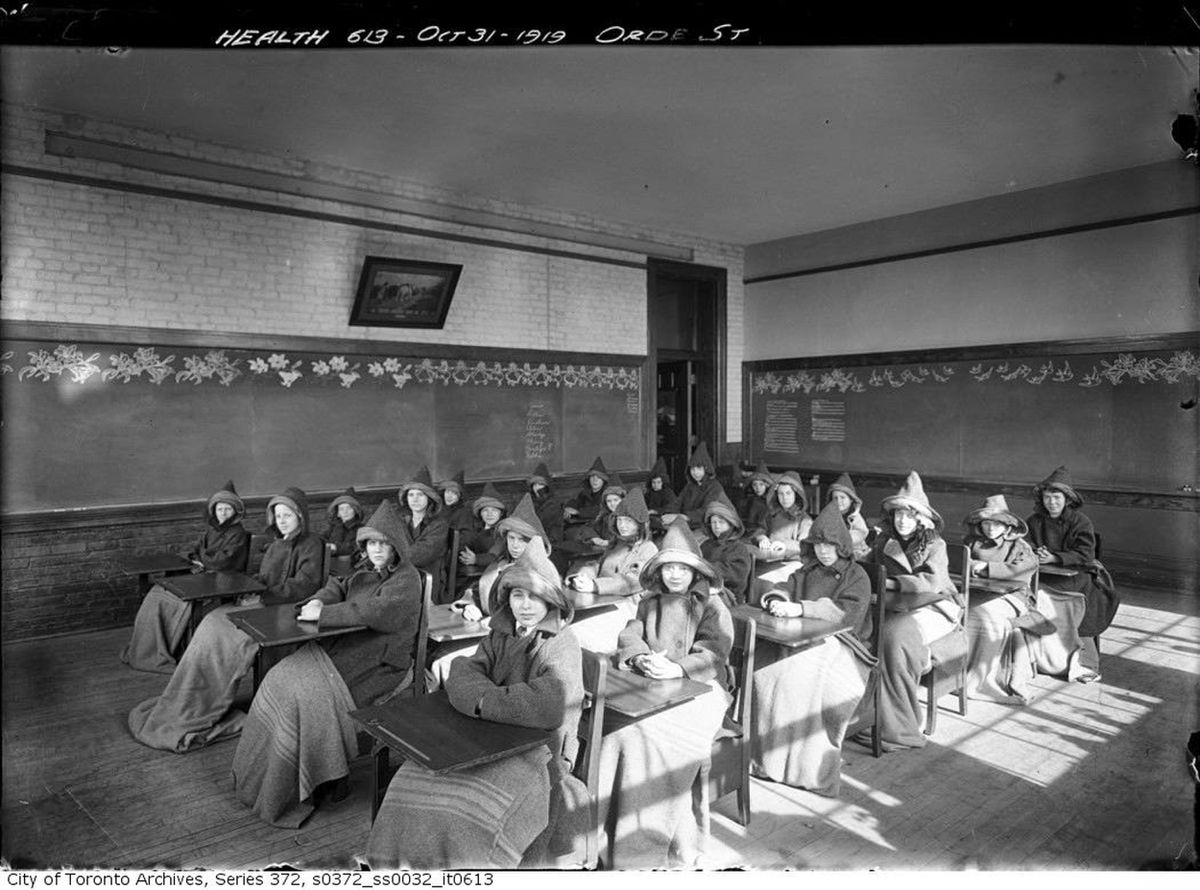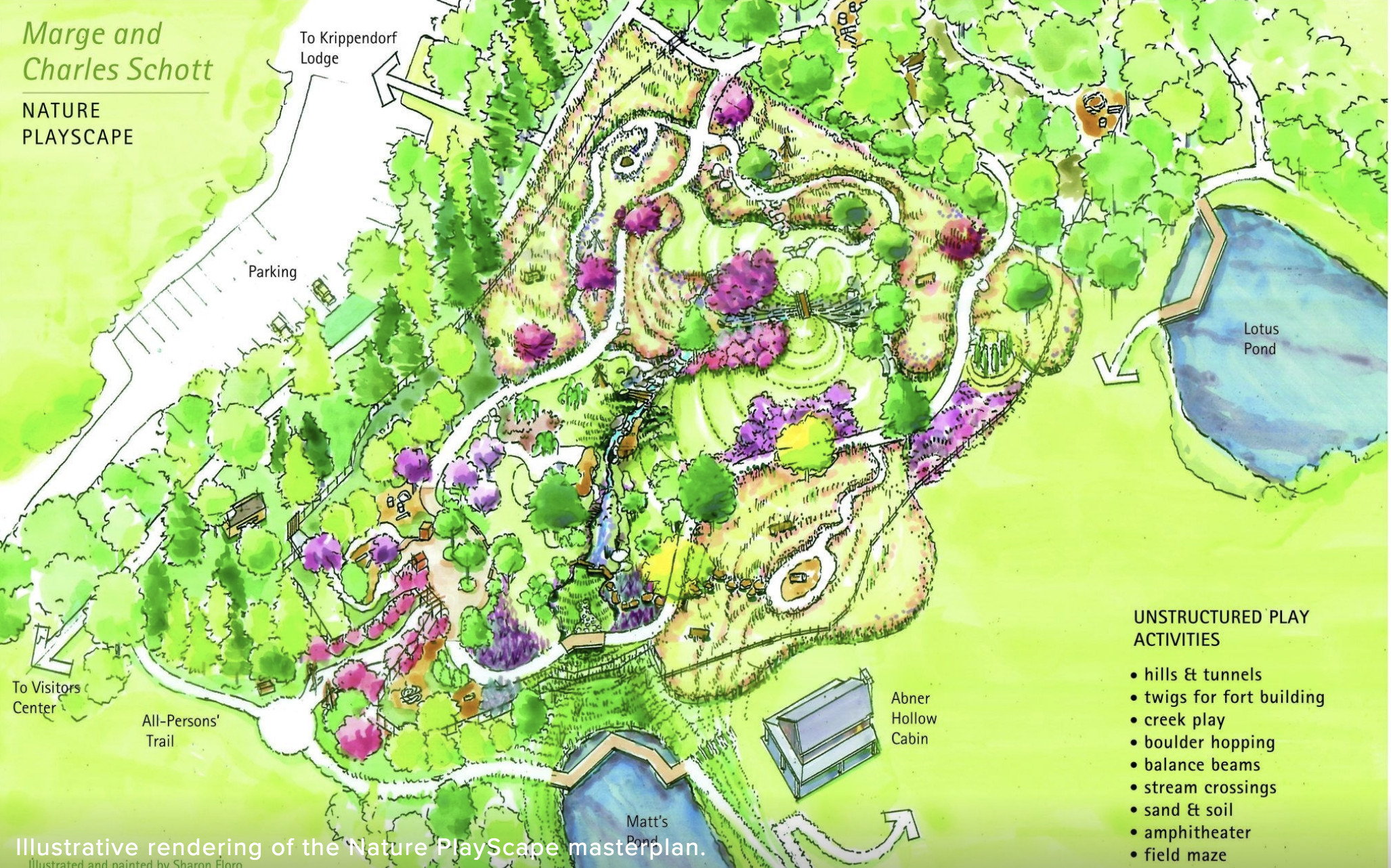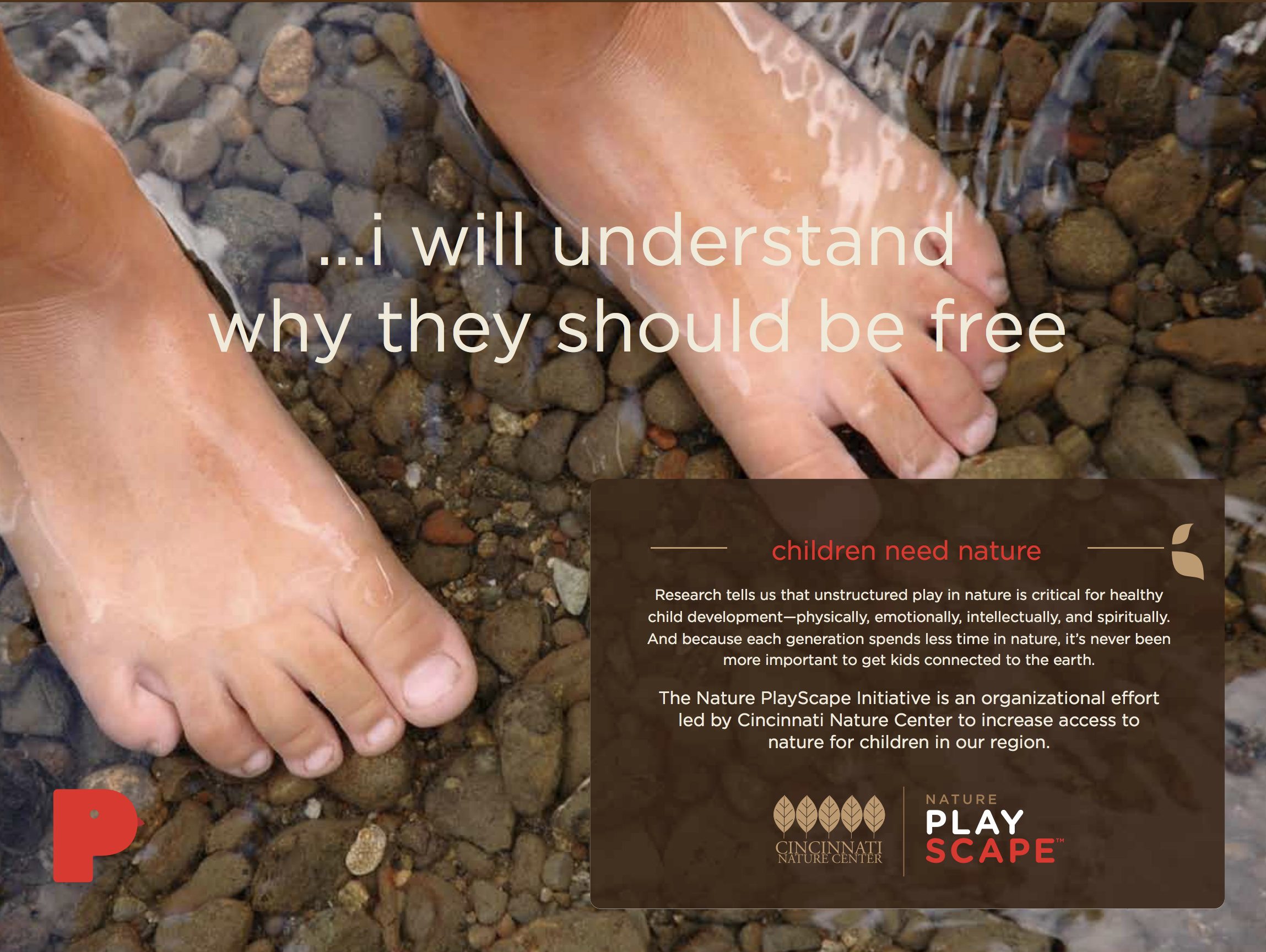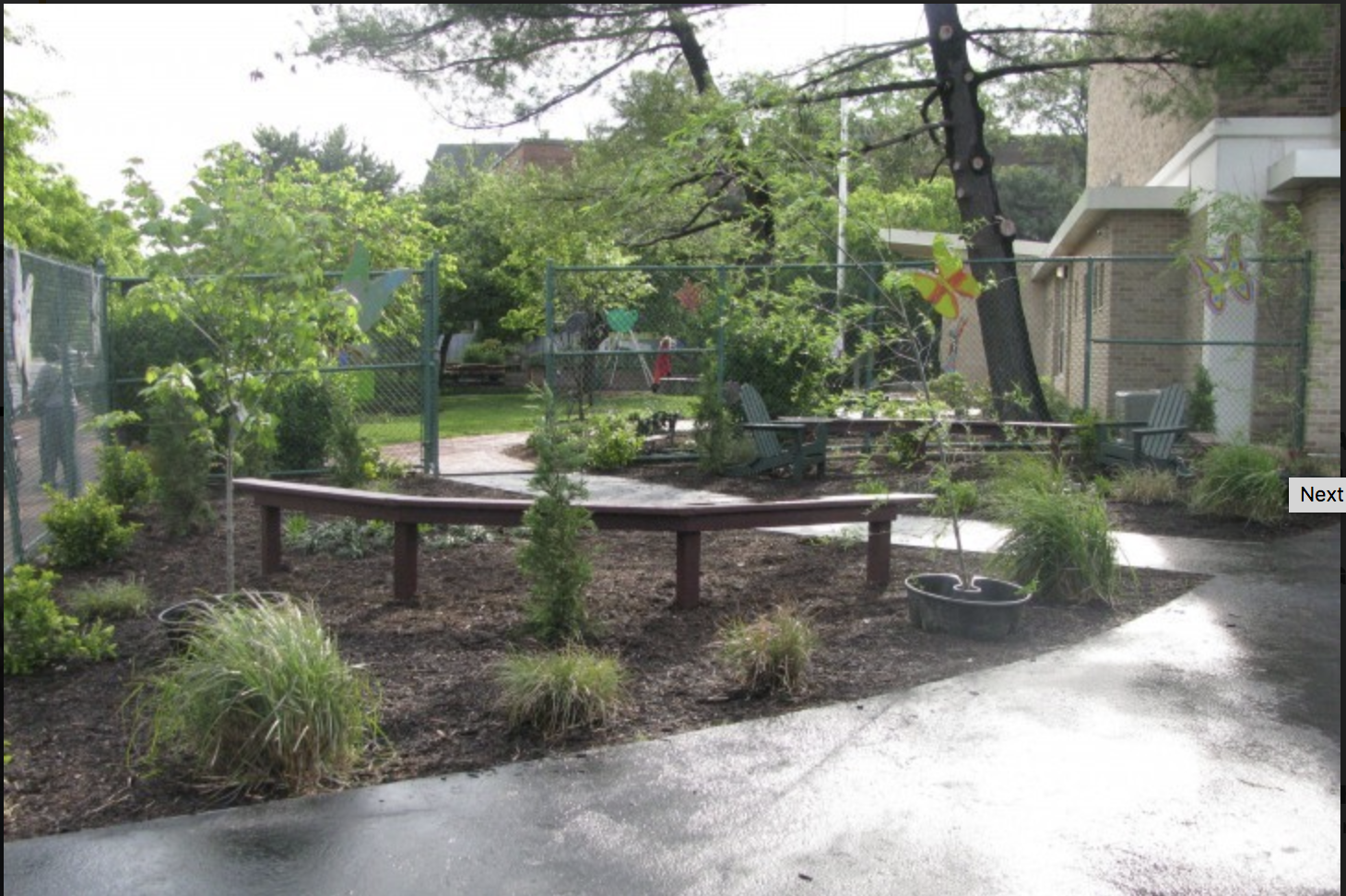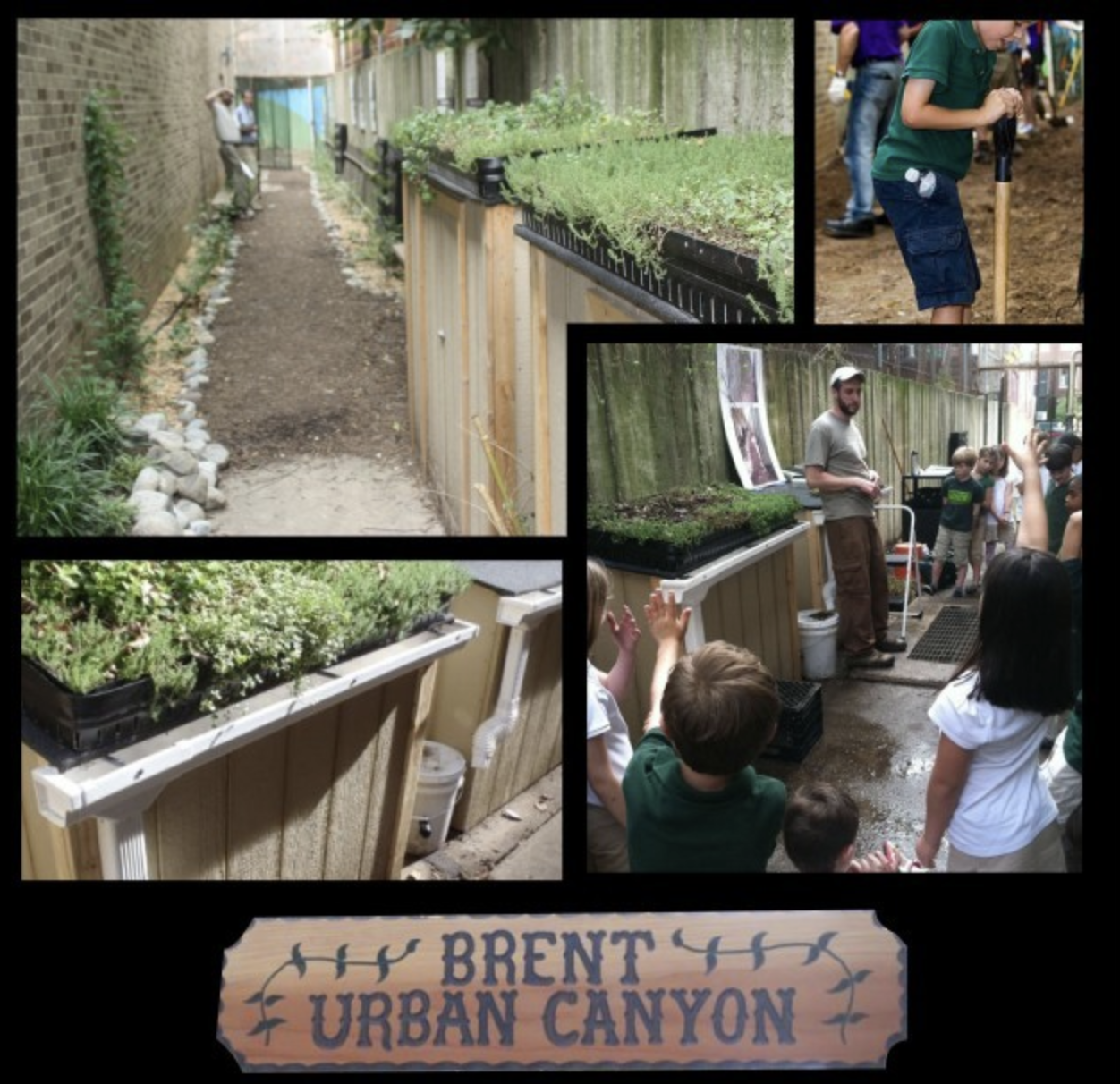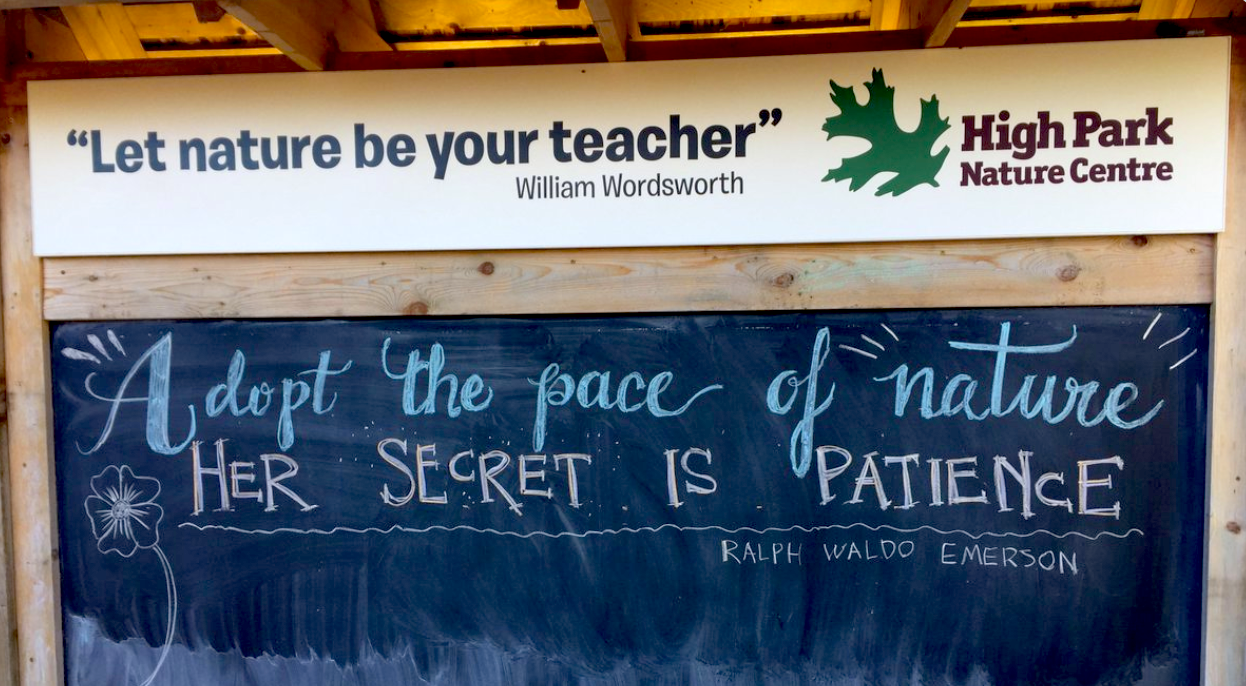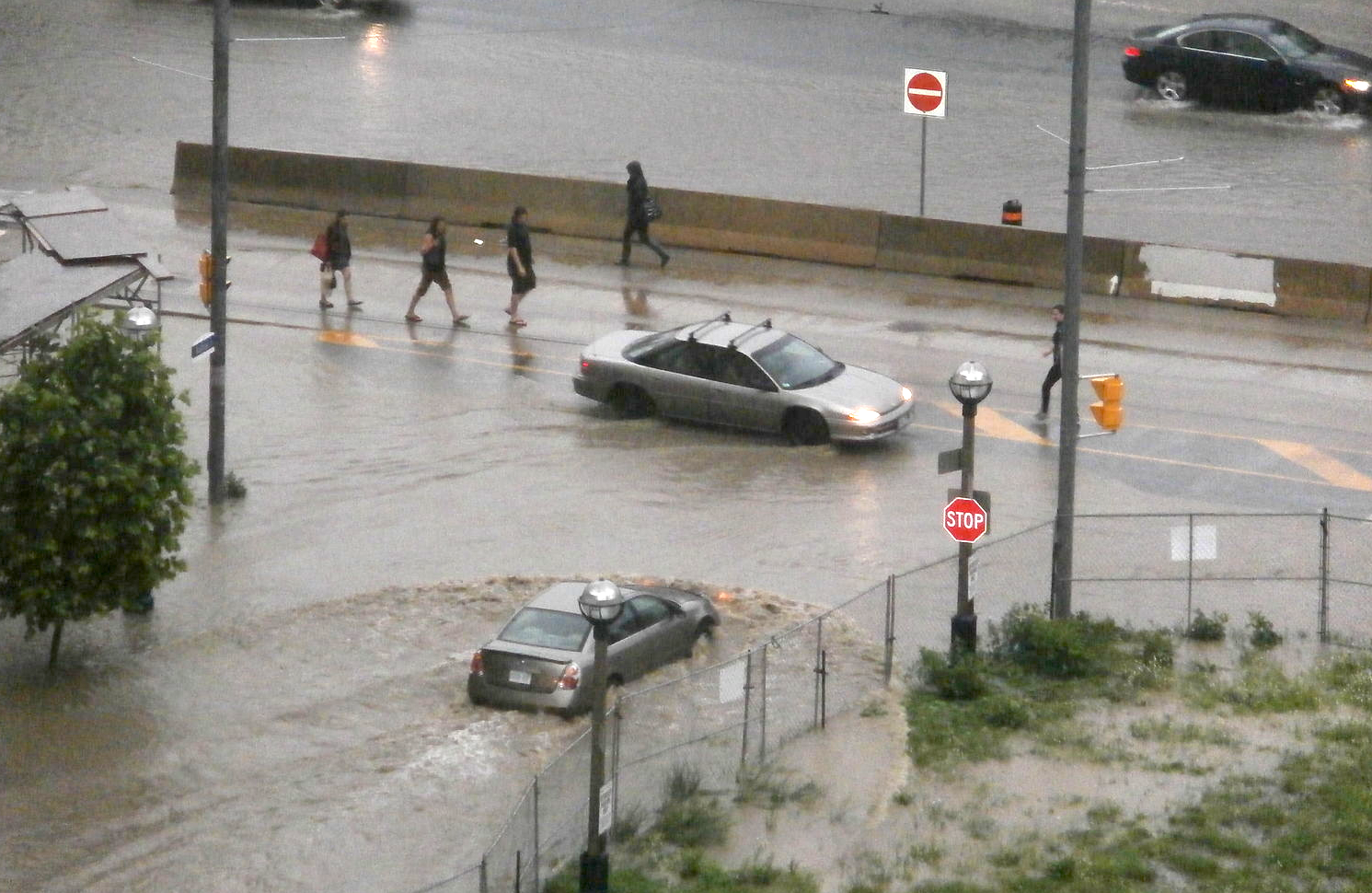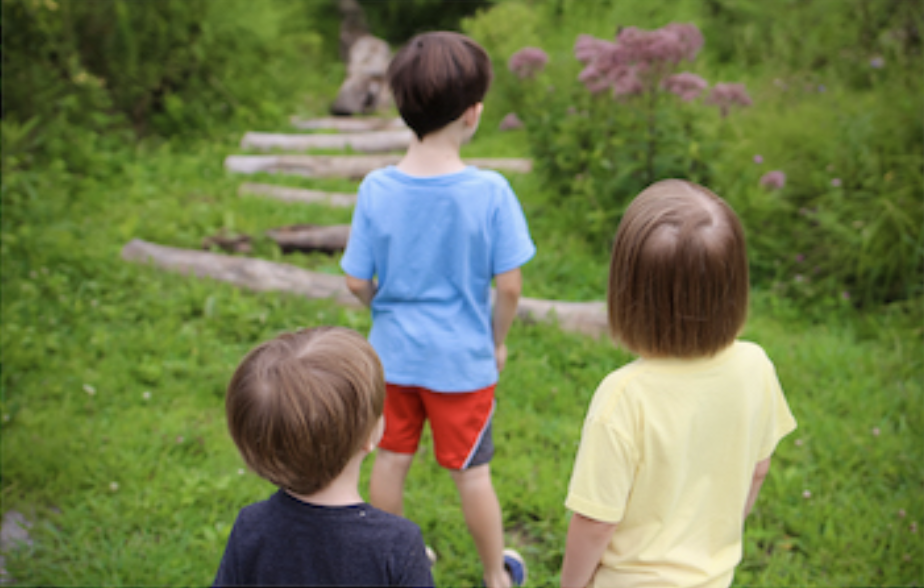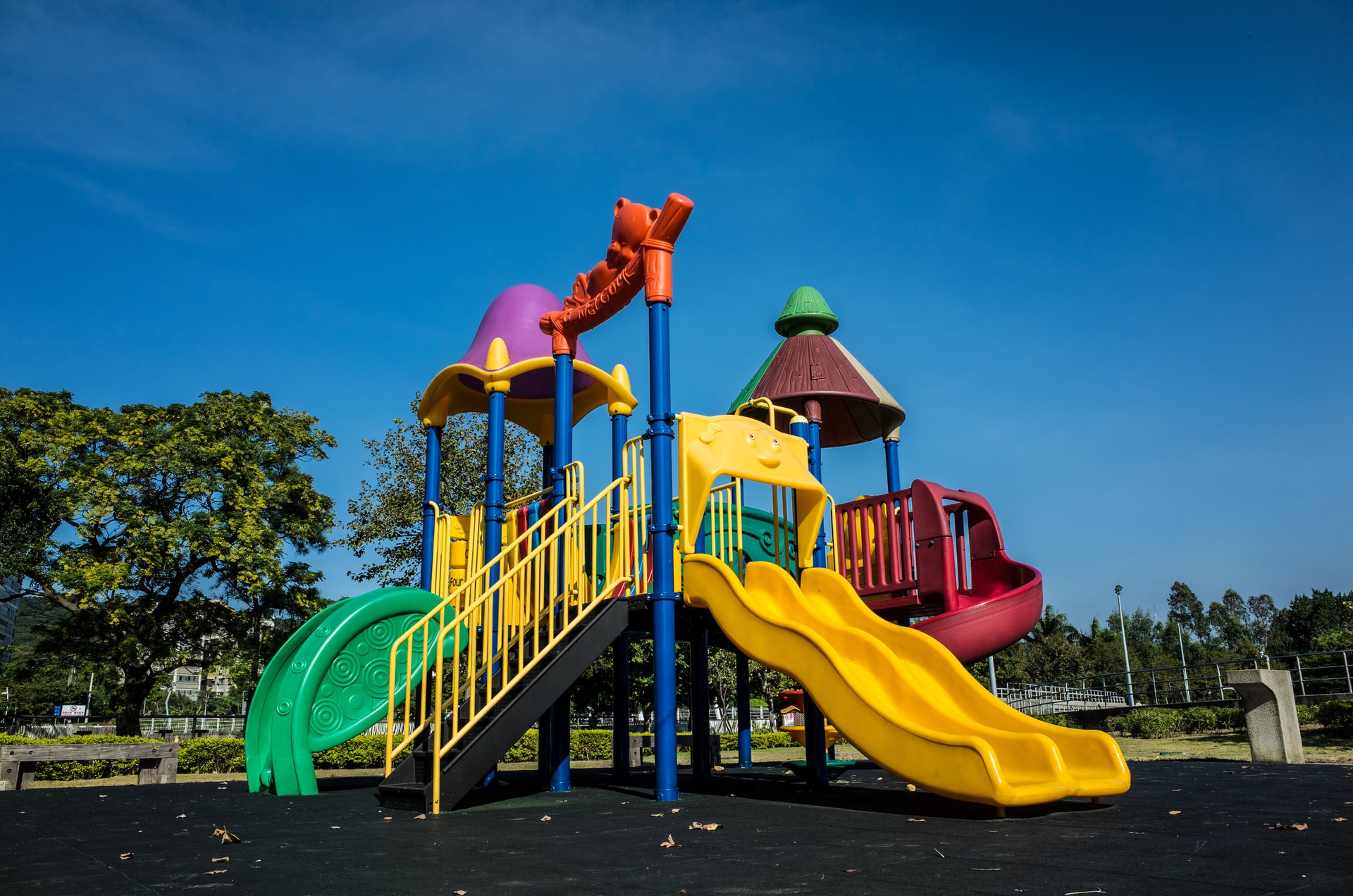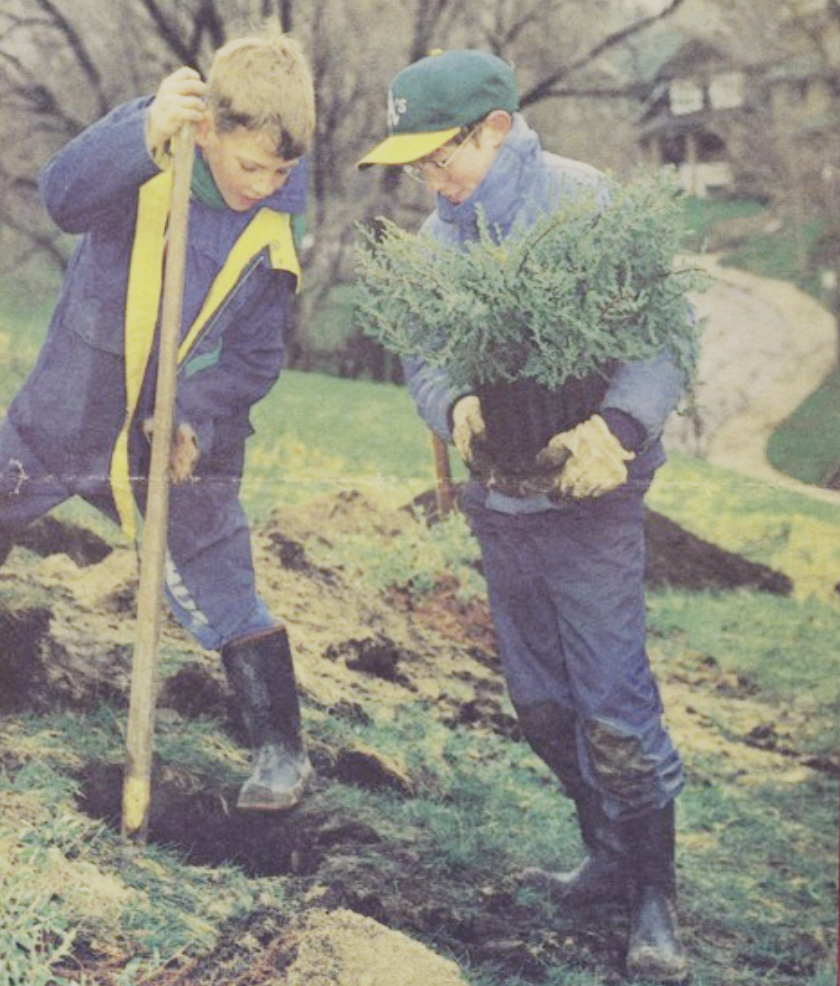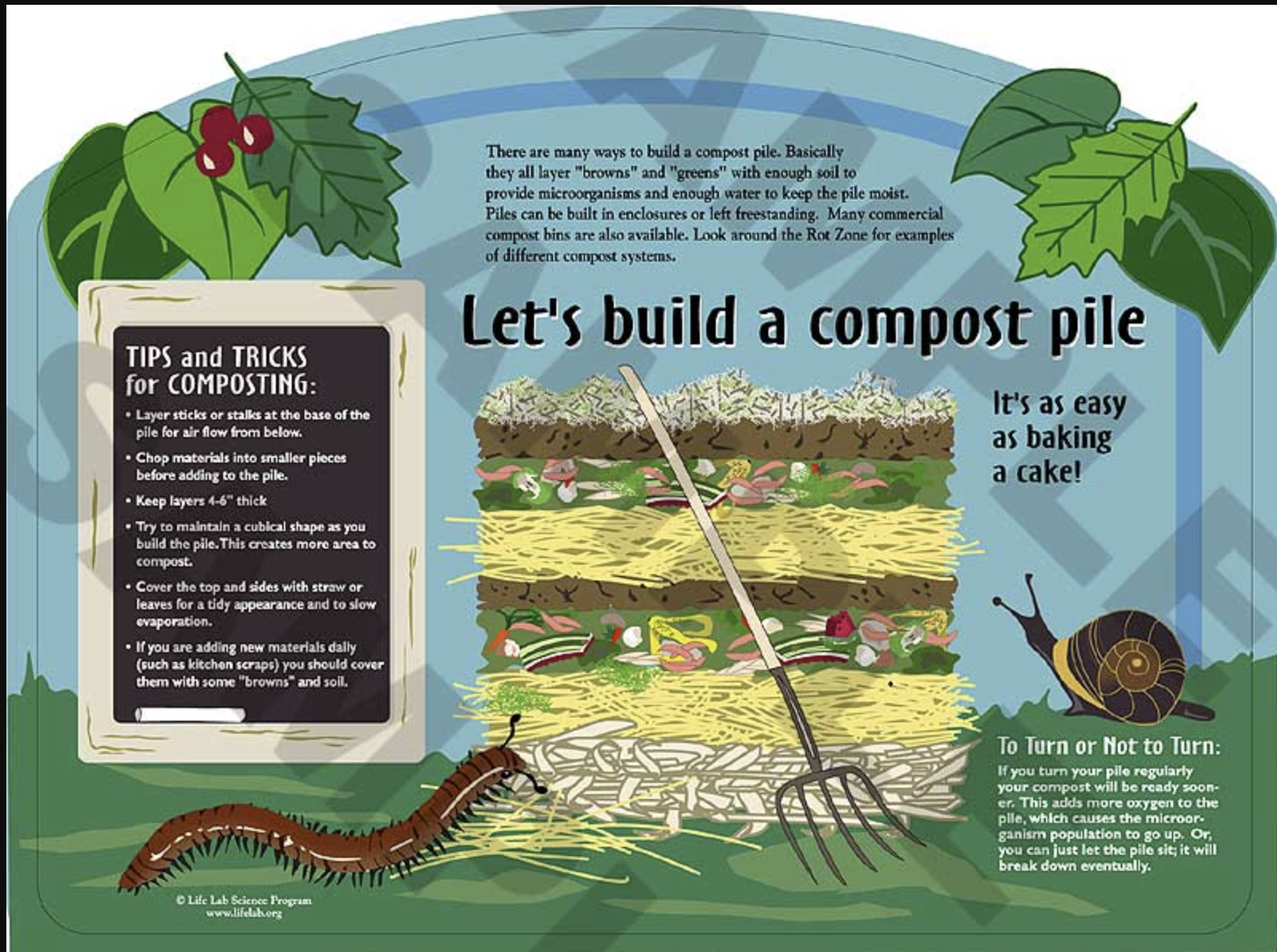Since the COVID pandemic hit in mid-March, and Ontario schools shut down, we’ve all surely come to value publicly funded education and schools more than ever before. Not only the learning for students, but also the sense of community, purpose, and routine that it provides our young people. After hearing the Ford government’s approach to reopening child care centres in this province, we anxiously await news from Ontario’s Education Minister Lecce about what “back to school” will look like in September.
Early Childhood Educators: "If Premier Ford and Minister Lecce are scratching their heads and wondering why so many child care centres are refusing to open their doors until this hot mess is fixed, perhaps they should put their listening ears on." https://t.co/zSGttQIHvU
— Fix Our Schools (@Fix_Our_Schools) June 15, 2020
In the interim, we consider how other jurisdictions have been approaching school reopening – both near and far:
In the Netherlands, elementary opened on May 11 with almost full attendance and taking the approach of “half-groups”, where half of each class attends school on alternating days, and the youngest learners not social distancing. Of note is how the Netherlands prioritized young children getting back to school ahead of bars, cafes, and restaurants.
Closer to home, according to a Globe & Mail article on June 13, an expert group from Canada’s largest pediatric hospital, Toronto’s Hospital for Sick Children, is advising Ontario’s Ministry of Education to let children play together again when school resumes in the fall.
“Strict physical distancing should not be emphasized to children in the school setting as it is not practical and could cause significant psychological harm. Close interaction, such as playing and socializing, is central to child development and should not be discouraged.”
However, this same expert group is also recommending that some physical distancing principles remain:
- Desks should be separated
- Line-ups ought to be spaced out appropriately
- Schools should not hold assemblies.
Furthermore, hand-washing, screening for symptoms of COVID-19, as well as contact tracing to be able to isolate infected children and staff will be critical to success.
More than 6,500 Canadians under the age of 19 have tested positive for the virus, 95 have been admitted to hospital, 18 of those people requiring treatment in an intensive-care unit. Notably, nobody under the age of 19 is known to have died of COVID-19 in Canada. Therefore, while we must not underestimate COVID-19, doctors are making the case that it is time to figure out how to live alongside the virus and to balance risk with the impact on children.
Kids will need recess more than ever when returning to school post-coronavirus https://t.co/XT9TYlFplt
— The Conversation Canada (@ConversationCA) May 31, 2020
A June 16, 2020 Globe & Mail article took a closer look at Quebec, the first province in Canada to reopen schools, when primary students outside of Greater Montreal returned to classes on May 11. These schools enforced two-metre physical distancing, limited class sizes to 15 students, and created classroom bubbles that kept students from mixing. Out of more than 100,000 students and staff who returned to school, a total of 53 students and teachers were diagnosed with COVID-19 after the reopening. No serious illness was reported.
For the fall, Quebec plans to make school attendance compulsory except in cases of special health circumstances and to fully open primary and secondary schools. The Education Minister also announced that they will prepare a Plan B for online learning for children who end up in isolation due to outbreaks.
Quebec students are heading back to school this fall.https://t.co/eeQLzTrlhZ
— Global Montreal (@Global_Montreal) June 16, 2020
In the same Globe & Mail article, Alberta was another province cited. Alberta’s Ministry of Education announced a reopening plan the week of June 8 that provided three scenarios. While the provincial government said that a final decision would be made August 1st, parents and students were told to plan for an almost normal return to school in September.
Fix Our Schools is anxiously awaiting for Ontario’s Ministry of Education to announce its plans for schools in September. In the interim, we have provided input to our provincial government, urging the Province to prioritize a safe, effective return to school in September by:
- Providing the required funding for school boards to safely re-open in September
- Working with local school boards and local public health officials to provide weekly updates to the public on the school re-opening/planning process
- Working with all key stakeholders, including local school boards, public health officials, teachers, education workers, principals, parents, and students to leverage all insights, experience, skills, and knowledge
The 2-million children in Ontario who attend publicly funded schools, and their families, deserve to have education and schools be prioritized by the Ford government. And, quite frankly, our economy demands it! Minister Lecce… over to you!

